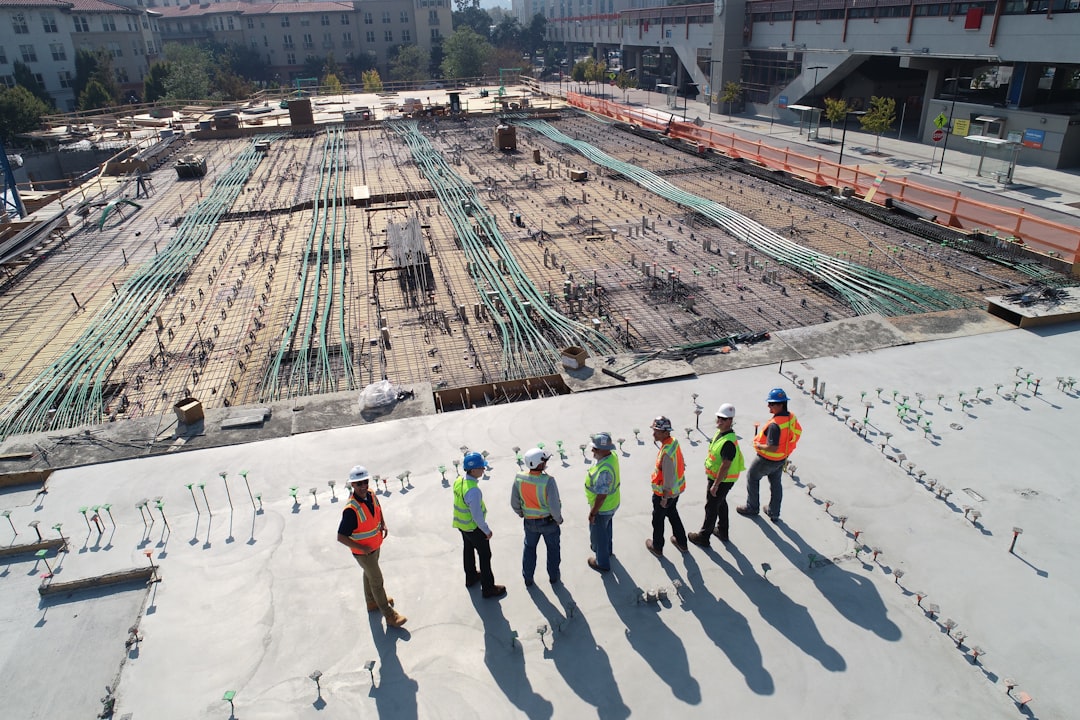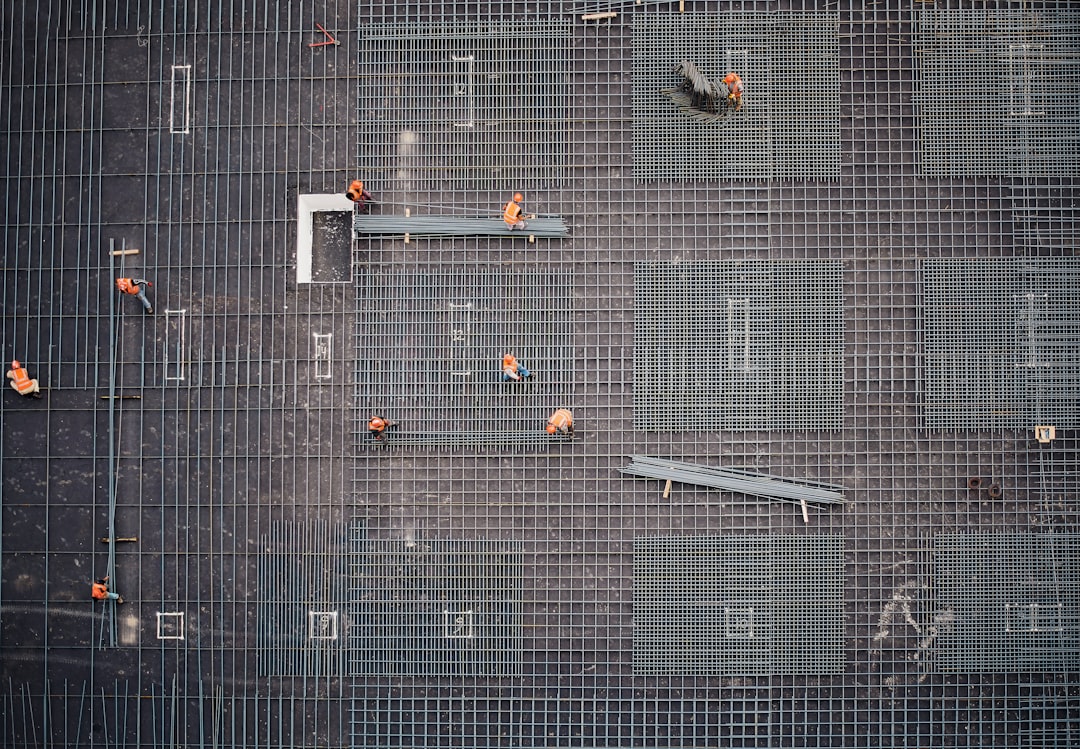Construction projects are often subject to delays and cost overruns caused by design inconsistencies, material waste, and coordination issues. In such a complex environment, Building Information Modeling (BIM) has emerged as a powerful tool that helps stakeholders visualise, coordinate, and plan with greater precision. Leveraging BIM effectively can significantly minimise both delays and waste, making it an integral part of modern construction planning.
The Role of BIM in Construction Planning
BIM is much more than just 3D modeling. It is a comprehensive process that integrates digital representations of physical and functional characteristics of places. Actors across architecture, engineering, and construction can use a shared model to anticipate problems before they impact the construction timeline or budget.
By using detailed, data-rich models, BIM enables better decision-making during all phases of a construction project—design, documentation, procurement, construction, and facility management.
Key Techniques for Minimising Delays and Waste Using BIM
Applying BIM strategically requires careful implementation. Below are some proven techniques that harness the benefits of BIM to improve construction efficiency:
1. Clash Detection and Coordination
BIM allows for automatic clash detection between structural, mechanical, electrical, and plumbing components. This helps project teams identify and resolve issues before construction begins, reducing costly and time-consuming rework.
- Early conflict identification: Avoids delays caused by on-site discovery of physical conflicts.
- Virtual coordination meetings: Stakeholders can review models collaboratively to address clashes proactively.

2. 4D and 5D BIM for Enhanced Scheduling and Cost Management
Integrating time (4D) and cost (5D) data with the 3D model supports dynamic scheduling and budgeting. Managers can visualise construction sequences and cash flow over time, greatly aiding in mitigating resource bottlenecks and financial waste.
- Simulation of construction phases: Enables accurate project timeline forecasting and phasing analysis.
- Cost estimation tied to geometry: Prevents cost overruns by updating estimates with model changes.
3. Prefabrication and Modular Construction
BIM supports off-site manufacturing through precise digital layouts that guide fabrication. This approach enhances quality and minimises on-site labour and material handling errors.
- Improved accuracy: Components fit together with fewer errors, reducing waste.
- Shortened timeline: Off-site activities can occur concurrently with on-site preparation, accelerating the schedule.

4. Real-Time Collaboration and Cloud Integration
Modern BIM platforms offer real-time collaboration capabilities that reduce lag in communication between teams. Using cloud infrastructure, stakeholders can access up-to-date models anytime and from anywhere, which helps maintain project alignment.
- Centralised information repository: Eliminates inefficiencies from outdated documents.
- Immediate updates: Changes are reflected immediately, preventing miscommunication and delays.
5. Sustainability and Material Efficiency
BIM supports sustainable design by integrating environmental performance metrics. Tools can analyse daylight exposure, energy consumption, and material lifecycles, promoting responsible construction practices that reduce material waste.
- Life-cycle analysis: Enables better selection of sustainable and durable materials.
- Waste reduction plans: Helps estimate and optimise material usage to minimise surplus.
Challenges and Considerations
Despite its benefits, adopting BIM is not without challenges. Initial implementation can be resource-intensive, and success depends heavily on high-quality input data and skilled personnel. Resistance to change, lack of standardisation, and technical training needs must be addressed to fully leverage BIM’s potential.
Conclusion
As the construction industry faces increasing pressure to deliver projects faster, within budget, and with minimal waste, leveraging BIM for planning is no longer optional—it is essential. By integrating design, time, cost, sustainability, and collaboration into a unified digital framework, BIM empowers stakeholders to make informed decisions and anticipate complications before they arise. The result is a more predictable, efficient, and responsible construction process.
Investing in BIM technology and training marks a proactive step toward improved project outcomes and long-term operational benefits. In an era defined by digital transformation, the adoption of BIM is a strategic priority for any industry player seeking resilience and competitiveness.


